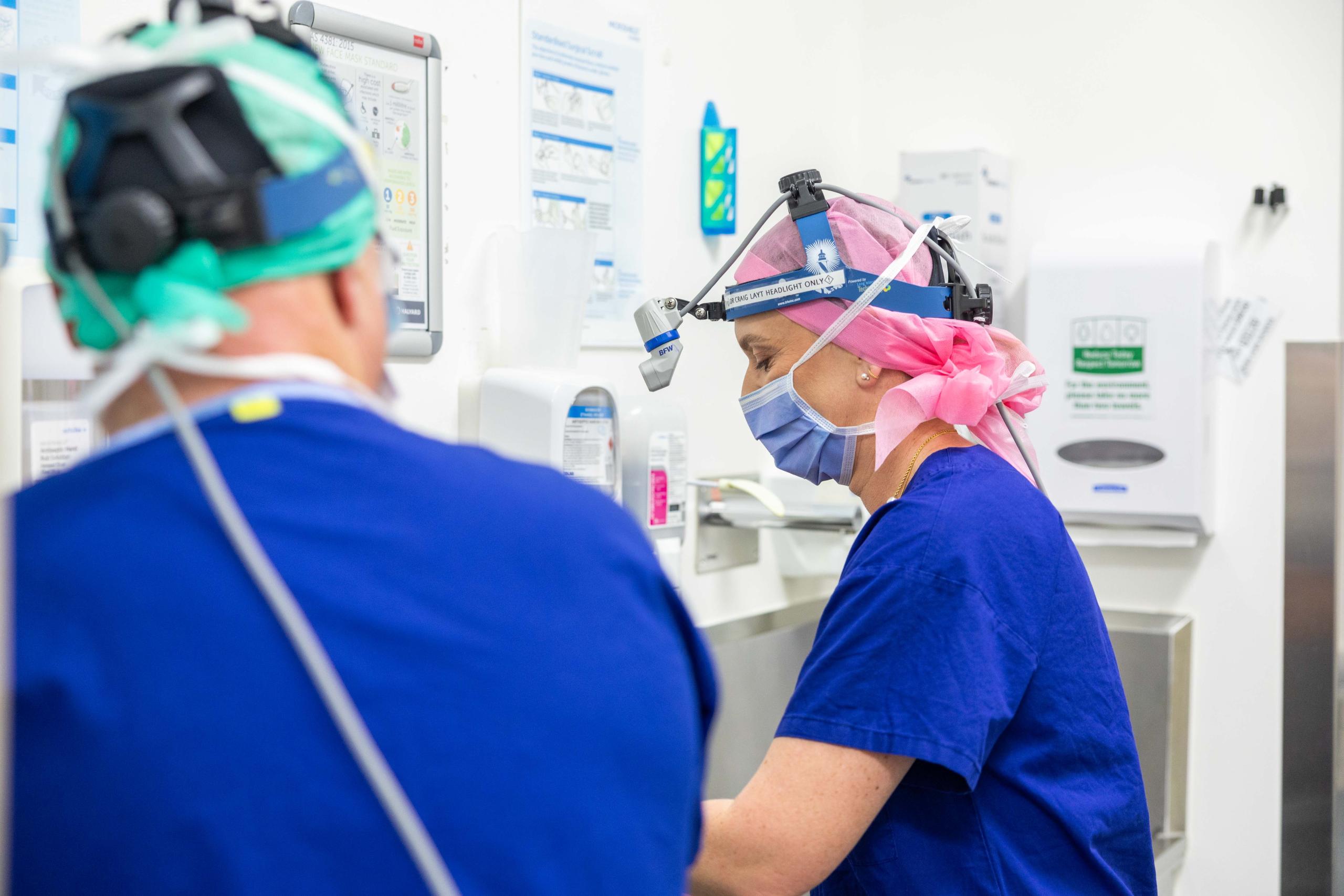Our Procedures
BreastCare Procedures
Our experienced breast surgeons at BreastCare perform a wide range of procedures and surgeries for all aspects of breast and thyroid issues. To find out more, click on the links below:

More info
Breast Cancer
What is it?
Breast cancer is the abnormal growth of cells in the breast that can spread to other parts of the body, and it is the most common non-skin cancer in women. The exact cause is multifactorial, with risk factors including gender, age, genetics, radiation exposure, menstrual and reproductive history, breast density, and lifestyle factors like alcohol consumption and obesity. While most cases are sporadic, certain conditions like a past history of atypia can increase the risk, and managing vitamin D deficiency may improve outcomes for some patients.
Presentation and Diagnosis
Breast cancer may present with symptoms like a lump, nipple discharge, retraction, or skin changes, though it is often detected early through mammograms or ultrasounds without noticeable symptoms. Diagnosis typically involves a triple assessment, combining physical exams, imaging, and needle biopsy, with core or vacuum needle biopsies providing the most reliable results. Breast cancer types are generally categorized as ductal or lobular, with treatment tailored to factors such as hormone sensitivity, growth rate, and potential spread to other areas, including the lymph nodes.
Breast Cancer Teatment and the Multidisciplinary Team (MDT)
Multidisciplinary care (MDC) involves a team of healthcare professionals collaborating to develop personalized treatment plans for cancer patients, ensuring all relevant disciplines contribute to decision-making. This approach, considered best practice in Australia, guarantees that all treatment options are considered, and the care plan is tailored to the individual. The Multidisciplinary Team (MDT) includes specialists like surgeons, oncologists, radiologists, pathologists, and nurses who meet regularly to discuss diagnosis, treatment recommendations, and supportive care plans. The benefits of the MDT include access to evidence-based care, increased patient satisfaction, and coordinated treatment. The entire process is streamlined, with no out-of-pocket costs for patients, as the meeting is covered by Medicare.
Breast cancer, Family History and Genetics
Most breast cancers are not linked to inherited genes, with only 5-10% caused by genetic mutations passed down from parents, often appearing in families with multiple cases, especially under the age of 50. Genetic testing, like the Color gene mutation test, can identify mutations such as BRCA1 and BRCA2, which increase the risk of breast and ovarian cancer. Those with a positive test may consider enhanced screening, medications, or preventive surgery to reduce cancer risk, and should seek genetic counseling before testing to understand their options and the implications of the results.
Insitu Carcinoma and Premalignant Disease
DCIS
Ductal Carcinoma in Situ (DCIS) is a pre-invasive breast cancer confined to the milk ducts, and its detection has increased due to screening programs. While it doesn’t spread outside the ducts, it has a high risk of progressing to invasive cancer, so it is managed with complete excision, often through lumpectomy or mastectomy. Treatment may also include radiotherapy and hormone therapy if the DCIS is hormone-sensitive, and long-term follow-up with annual mammograms and clinical exams is recommended to monitor for recurrence.
LCIS
Lobular Carcinoma in Situ (LCIS) is a non-cancerous change in the breast lobules that increases the lifetime risk of developing breast cancer, though it progresses slowly. It’s often found incidentally on imaging and usually doesn’t require treatment beyond surgical excision if biopsy findings are unclear. Ongoing management involves regular breast surveillance (mammogram, ultrasound, MRI) and may include hormonal therapy to reduce cancer risk. Prophylactic mastectomy is generally not recommended unless there is a strong family history.
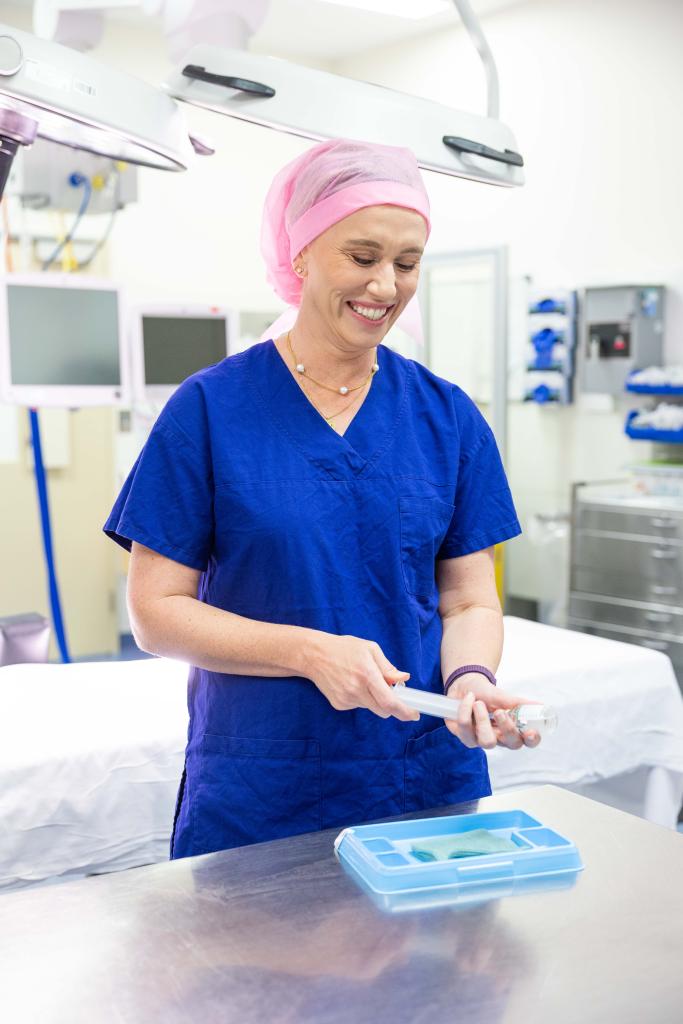
Breast Cancer treatment Options
Breast Cancer Surgery
Surgery is the primary treatment for breast cancer and usually involves removing the tumour along with some or all axillary lymph nodes. In certain higher-risk or advanced cases, chemotherapy may be given first (neoadjuvant) to shrink the tumour before surgery. Surgical options include lumpectomy (wide local excision), which removes the tumour with a margin of normal tissue while preserving the breast, and mastectomy, which removes the entire breast. Mastectomy techniques vary: simple mastectomy removes all breast tissue and the nipple, while skin-sparing and nipple-sparing mastectomies preserve more skin or the nipple to allow for better cosmetic reconstruction. Nipple-sparing mastectomy offers the best aesthetic outcome but carries a small risk of nipple loss and usually results in numbness of the preserved skin.
Breast Cancer treatment Options
Axillary Surgery
There are 2 types of axillary surgery: sentinel lymph node biopsy and axillary clearance.
Sentinel lymph node biopsy is a minimally invasive procedure used to check for the spread of breast cancer to the lymph nodes, typically performed alongside lumpectomy or mastectomy. A radioactive dye is injected before surgery to trace lymphatic drainage, followed by a blue dye during surgery to locate the sentinel nodes, which are then removed (usually 1–4 nodes) for analysis. This approach has fewer side effects compared to full lymph node removal, with a lower risk of complications like lymphoedema or limited shoulder movement.
Axillary clearance involves removing most or all lymph nodes under the arm, usually when cancer is found in multiple nodes. It carries a higher risk of numbness, arm swelling, and reduced mobility, so physiotherapy and infection prevention are important. A surgical drain is typically used for fluid collection and may remain in place for several days to weeks.
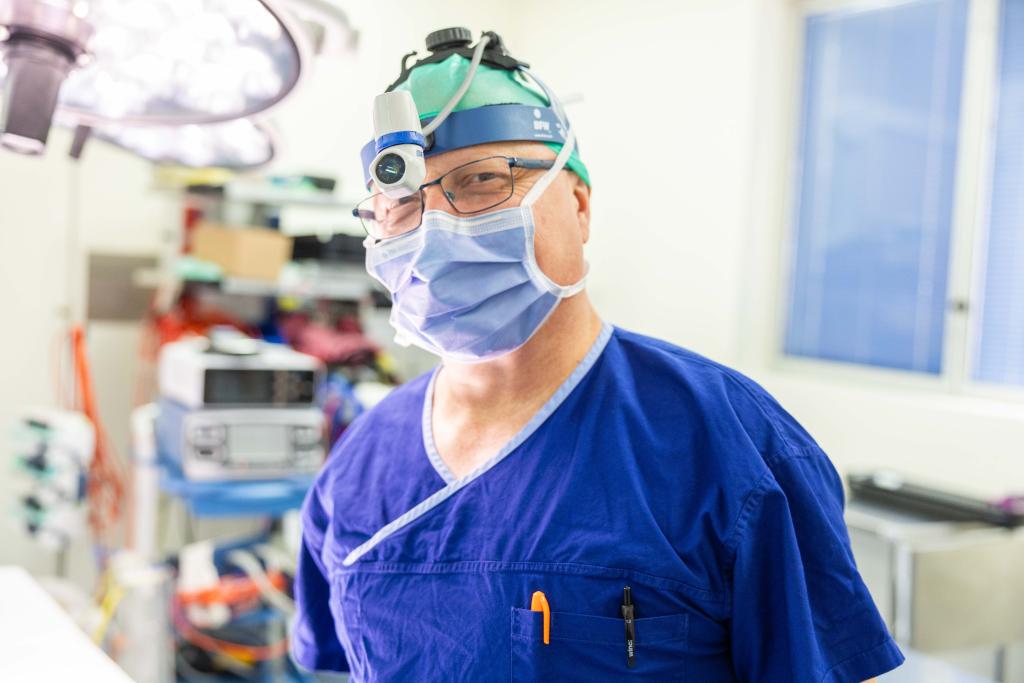
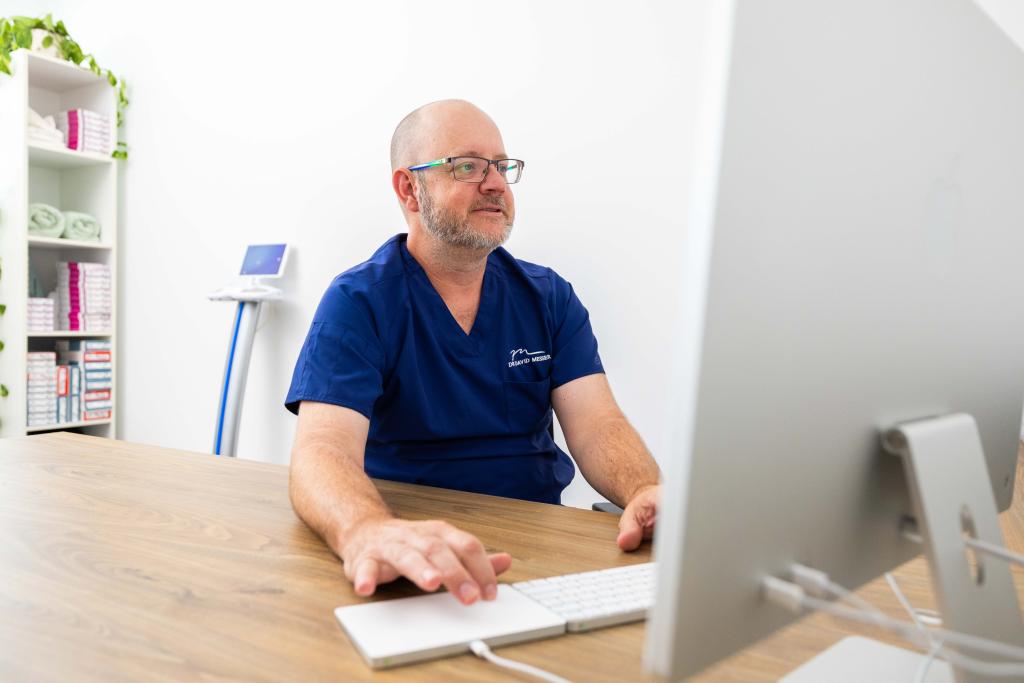
Breast Cancer treatment Options
Breast Reconstruction
Breast reconstruction is an option for nearly all women undergoing mastectomy and can significantly improve body image, self-esteem, and emotional recovery. It may be performed immediately during mastectomy or delayed to a later stage, with no impact on cancer prognosis or recurrence detection.
Reconstruction options include implant-based, tissue flap-based, or a combination, and the choice depends on factors like body type, breast size, personal preference, and overall health.
Implant reconstruction, either direct-to-implant or two-stage with tissue expanders, is simpler but may require future surgeries and carries risks like infection or implant loss.
Flap reconstructions use the patient’s own tissue and are often preferred after radiotherapy, though they involve longer surgery and recovery, plus donor site scars.
Cosmetic Surgery
BreastCare Cosmetic Surgeries
The surgeons at BreastCare perform a range of cosmetic breast surgeries including breast augmentation and reduction. These surgical procedures address different concerns.
Augmentation uses implants to enhance size or correct asymmetry, while reduction removes excess tissue to relieve discomfort from overly large breasts.

More info
Cosmetic Surgery Options
Breast Augmentation
Breast augmentation involves surgically placing implants to enhance breast size or shape, often chosen by women seeking fuller breasts, correction of asymmetry, or reconstruction after mastectomy. The procedure should be a well-considered personal decision made after thorough consultation and understanding of options, risks, and expected outcomes. Implants, made of silicone or saline, can be placed in various positions through different incisions, and may eventually need replacement.
While generally safe, potential complications include infection, bleeding, scarring, changes in nipple sensation, implant movement or rupture, and rare but serious issues like capsular contracture or implant extrusion. Recovery typically involves some discomfort, limited activity, and the use of supportive bras, with final results evolving over several months. Despite careful planning, exact cosmetic outcomes cannot be guaranteed, and patients are encouraged to maintain realistic expectations and open communication with their surgeon.
Breast Reduction Surgery
Breast reduction, or reduction mammaplasty, is a surgical procedure to decrease breast size by removing excess tissue and reshaping the breasts. It is commonly performed on women experiencing discomfort from overly large breasts, such as back and shoulder pain, skin irritation, and emotional distress. The surgery also lifts the nipple and areola and may improve posture and physical activity levels.
Like any surgery, there are risks, including infection, bleeding, scarring, asymmetry, and changes in nipple sensation. This procedure may cause permanent scars and this may affect the ability to breastfeed, especially if a free nipple graft is required. Recovery involves several weeks of limited activity, wearing a surgical bra, and proper wound care, with final results taking months to appear. While most women are highly satisfied with the outcome, the final breast shape and size cannot be guaranteed.
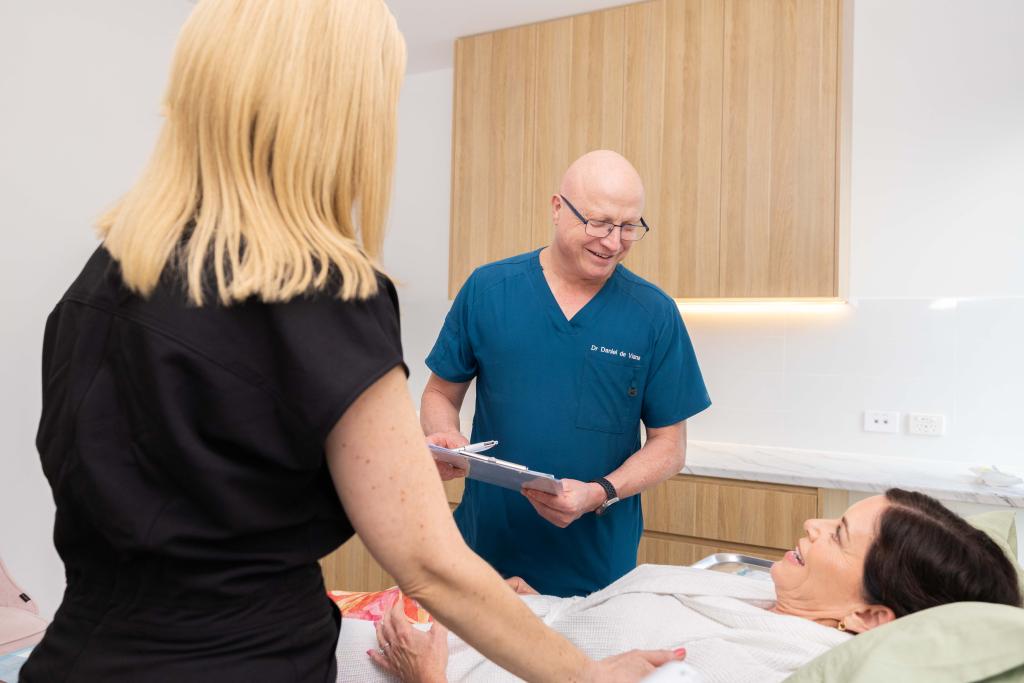
Diagnosing Breast Conditions
Diagnostic Procedures
The BreastCare surgeons perform a range of diagnostic procedures to assist in the detection of breast cancers and other benign breast diseases to ensure early intervention.
More info
Diagnostic Procedures
Types of Needle Biopsy
Fine needle aspiration, core biopsy, and vacuum-assisted biopsy are techniques used to diagnose breast lumps or cancer.
Fine needle aspiration involves using a small needle to remove cells from a lump, typically under local anaesthesia, to determine if the lump is benign or malignant.
Core biopsy uses a larger needle with a blade to obtain a core of tissue, also under local anaesthesia, and provides more detailed tissue information such as presence of invasion and hormone receptor status.
Vacuum Biopsy and Vacuum Excision Biopsy
Vacuum biopsy is a needle-based technique that obtains larger tissue samples than a core biopsy, enhancing diagnostic accuracy. The procedure involves inserting a hollow needle into the breast tissue, applying a vacuum to capture tissue into a small chamber for multiple samples without re-inserting the needle.
Vacuum excisional biopsy, a variation of vacuum biopsy, removes the entire lesion using the same method and is typically used for benign lesions like papillomas and fibroadenomas. This technique avoids general anesthesia and open surgery, minimizing scarring and complications. It takes 15-30 minutes and is done with a small incision, with bruising and occasional hematoma as common side effects.
Most biopsies are guided by ultrasound, mammogram, or MRI. While generally well tolerated, these procedures carry a small risk of bruising, hematoma, or rarely, pneumothorax.
learn more
Useful Links

About Us
Learn more about our state of the art, specialist breast centre.

First Visit
Learn more about what to expect during your first visit with us.
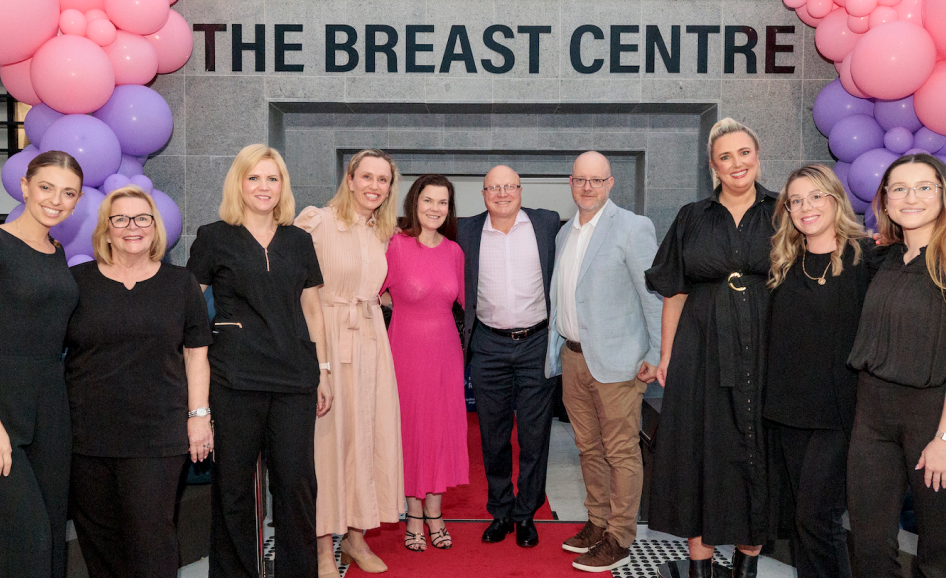
Meet the Team
Learn more about our leading BreastCare team who make it all happen.
